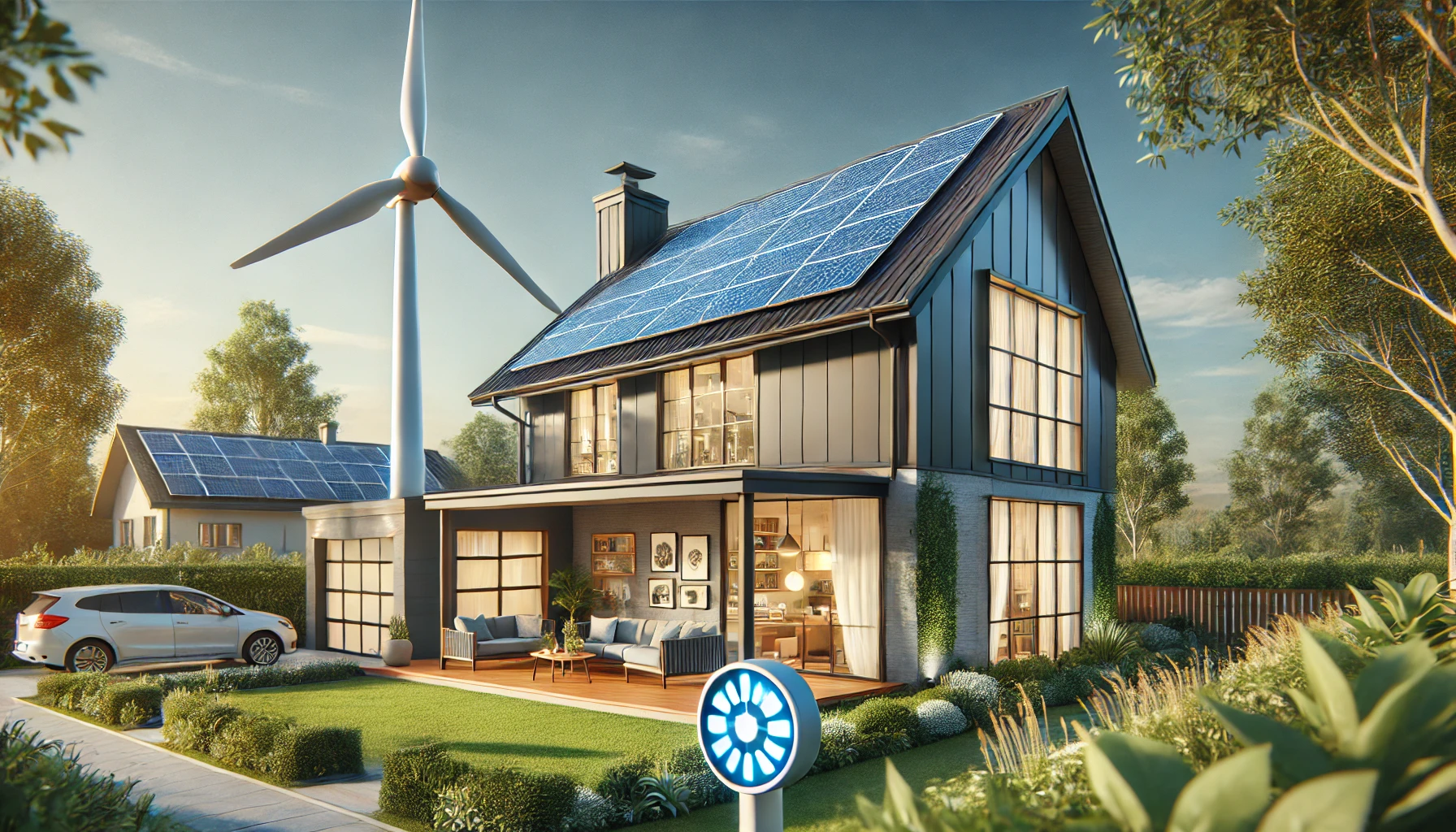Renewable energy is no longer just a buzzword — it’s an essential part of a sustainable future. As concerns about climate change and fossil fuel depletion grow, more households are turning to clean energy solutions. Fortunately, implementing renewable energy at home is more achievable than ever. Whether you’re a homeowner or a renter, there are practical ways to power your life sustainably.
What is Renewable Energy?
Renewable energy comes from natural sources that are constantly replenished, such as sunlight, wind, rain, tides, and geothermal heat. Unlike fossil fuels, renewables don’t emit harmful greenhouse gases and are key to reducing environmental impact.
Common forms of renewable energy include:
- Solar energy (sunlight)
- Wind energy
- Hydropower
- Biomass
- Geothermal energy
Why Use Renewable Energy at Home?
- Lower your carbon footprint
- Reduce your energy bills
- Increase your home’s value
- Gain energy independence
- Support global sustainability efforts
Getting Started with Solar Power
1. Install Solar Panels
- Solar photovoltaic (PV) panels are the most common renewable system for homes.
- They convert sunlight into electricity and can drastically reduce your reliance on the grid.
- Many regions offer tax credits, incentives, and rebates for solar installations.
2. Use Solar Lighting and Chargers
- Solar-powered outdoor lights, garden lamps, and chargers are cost-effective ways to start using solar energy without a full system.
- Perfect for renters or those on a tight budget.
3. Portable Solar Generators
- Great for backup power, especially during outages.
- Rechargeable through sunlight and ideal for small appliances or electronics.
Explore Other Renewable Options
1. Wind Energy
- Small wind turbines are suitable for rural or open areas with steady winds.
- Initial setup costs can be high, but they offer long-term savings in energy bills.
2. Solar Water Heaters
- These systems use the sun’s energy to heat your water, reducing your need for electric or gas heaters.
3. Geothermal Systems
- Best for new construction or major home renovations.
- These systems tap into the Earth’s stable underground temperatures for efficient heating and cooling.
Energy-Efficient Habits Go Hand-in-Hand
Even if you don’t install full renewable systems right away, combining smaller eco-friendly technologies and energy-conscious habits makes a huge difference:
- Replace old bulbs with LEDs
- Upgrade to energy-efficient appliances
- Use smart thermostats to regulate heating and cooling
- Unplug devices when not in use
Financing and Incentives
Many countries and regions support the adoption of renewable energy through:
- Government tax credits
- Rebates for solar panel installation
- Low-interest loans for energy-efficient upgrades
- Community solar programs, where you can buy into shared solar farms
Check your local utility provider or government website to see what options are available.
Final Thoughts on Bringing Renewable Energy Home
Switching to renewable energy isn’t just for environmentalists or tech enthusiasts — it’s a practical and impactful way for anyone to contribute to a cleaner world. Whether you’re installing solar panels or just swapping in a solar-powered light, every step toward renewable energy matters. Start small, grow sustainably, and watch your efforts pay off in both energy savings and environmental impact.
